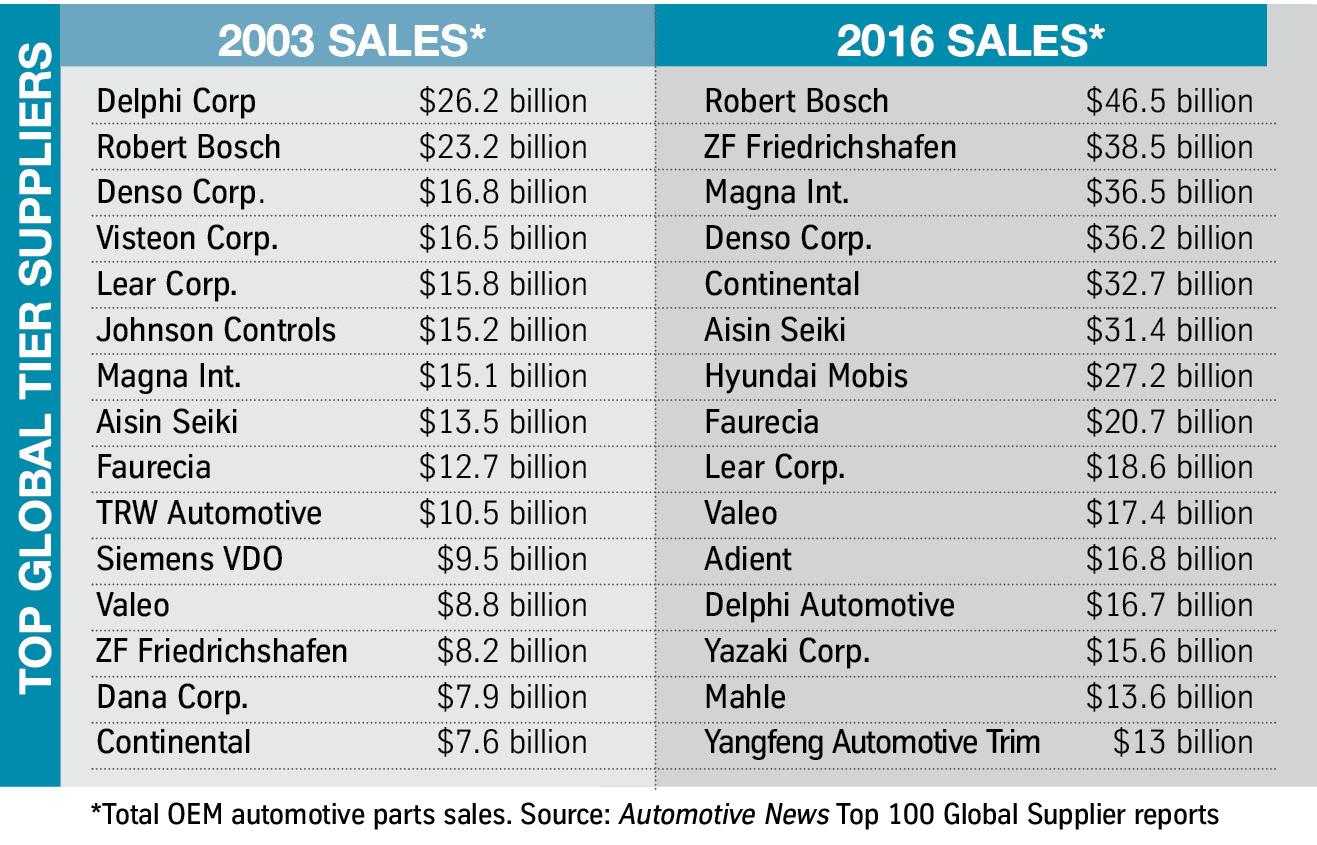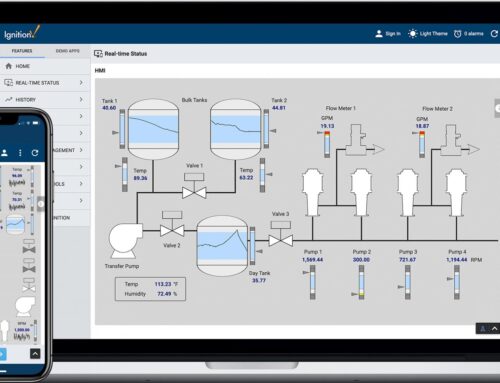Introduction: How Automotive Tier 1 Suppliers Use Ignition for MES Integration
In the highly competitive automotive industry, efficiency, traceability, and standardization are paramount for Tier 1 suppliers striving too maintain a competitive edge. As the nexus between Original Equipment Manufacturers (OEMs) and components production, suppliers face the continuous challenge of optimizing their manufacturing processes while maintaining rigorous quality standards. Herein lies the crucial role of Manufacturing Execution Systems (MES), which serve as a bridge between the production floor and enterprise-level systems, ensuring seamless operations and improved productivity.
This article delves into the transformative impact of leveraging Ignition by Inductive Automation—a highly scalable and flexible industrial application platform—on MES integration within the automotive sector. We explore real-world use cases, demonstrating how automotive Tier 1 suppliers are dynamically enhancing their operations through Ignition:
- Reducing Downtime: Instantaneous data collection and analysis empower suppliers to proactively address production anomalies, reducing unplanned downtime and ensuring uninterrupted operations.
- Digitizing Traceability: Through comprehensive data tracking and real-time visibility, suppliers are fortifying their traceability processes, crucial for compliance with stringent automotive industry regulations.
- Standardizing PLC/HMI Across Lines: Ignition facilitates the seamless integration and operation of diverse PLCs and HMIs, leading to standardized control systems across multiple production lines.
- Improving Overall Equipment Effectiveness (OEE): By harnessing the comprehensive analytical capabilities of Ignition, suppliers can track and enhance performance metrics to drive superior production efficiency and effectiveness.
Throughout the article, real-world examples from renowned automotive Tier 1 suppliers illustrate how these digital solutions translate into tangible benefits, establishment of predictive maintenance protocols, and enhanced supply chain coordination. Join us in uncovering the technological advancements that are not onyl elevating production standards but also reshaping the future of automotive manufacturing.
Leveraging Ignition for Seamless MES Integration in Automotive Tier 1 supply Chains
Automotive Tier 1 suppliers are tasked with maintaining high efficiency and accuracy within their production lines to meet stringent OEM requirements. Ignition, a powerful platform for industrial automation, provides a flexible solution to achieve seamless MES integration by connecting disparate systems and unlocking valuable data insights. As a notable example,a major Tier 1 supplier utilized ignition to unify their shop floor HMI with enterprise-level MES.By connecting their PLCs directly to Ignition, the supplier automated data collection across multiple lines, which reduced manual data entry errors and streamlined their production workflow. This approach also allowed them to access real-time production metrics with greater granularity, drastically cutting down on unexpected downtimes.
Moreover, the ability to tailor Ignition’s dashboards and reports to specific operational needs enhances decision-making and oversight. A real-world use case saw another Tier 1 supplier embrace Ignition to improve traceability and compliance. They implemented Ignition’s module for defect tracking and resolution, integrating it with quality control systems to ensure every component met the automotive standards. Key features such as dynamic production scheduling, automated alerts for maintenance, and detailed batch tracking helped not only in reducing cycle times but also in improving Overall Equipment Effectiveness (OEE). By offering customizable interfaces and robust integration capabilities, Ignition becomes a pivotal part of a comprehensive MES strategy, leading to improved operational control and performance.
Enhancing Manufacturing Efficiency: Reducing Downtime and standardizing PLC/HMI Interfaces
In the cutting-edge world of automotive manufacturing, reducing downtime is critical for maintaining production efficiency and meeting delivery deadlines. By integrating Ignition by Inductive Automation with Manufacturing Execution Systems (MES), Tier 1 suppliers can significantly minimize unexpected interruptions.For instance, automotive leaders like Ford have leveraged Ignition to monitor machine data in real-time, identify patterns indicative of potential failures, and schedule predictive maintenance before breakdowns occur. This proactive approach not only slashes downtime but also extends equipment lifespan and reduces maintenance costs.
Standardizing PLC/HMI interfaces across production lines offers another layer of efficiency optimization. By implementing standardized interfaces using Ignition, companies can streamline operator training, enhance error-proofing methodologies, and unify data collection across different machines and production facilities. Automobile giants such as Toyota utilize these capabilities to facilitate seamless integration and interoperability between hardware from multiple suppliers. Standardization means operators spend less time troubleshooting disparate interfaces and more time focusing on production, ultimately improving the Overall Equipment Effectiveness (OEE).This suite of advantages underscores the importance of standardized PLC/HMI systems in enhancing manufacturing efficiency.
Digitizing Traceability: Real-World Use Cases from Automotive Production Lines
The automotive sector has long grappled with the complexities of ensuring end-to-end traceability on production lines, a challenge that Ignition MES integration is adept at addressing. Digitizing traceability involves capturing and storing data at every manufacturing stage, allowing instant access to part histories and real-time quality insights. Through Ignition, Tier 1 suppliers can leverage robust data visualization and collection tools to improve product quality and compliance. As a notable example, at a brake assembly line, each component can be tagged and tracked through RFID technology, with data seamlessly logged into the MES. This setup enables quality engineers to quickly trace warranty claims back to specific production batches, drastically reducing investigation times and improving the root-cause analysis process.
Beyond quality control, digitized traceability enhances operational efficiency. Consider a leading automotive seating manufacturer that utilized Ignition to integrate their PLC systems across multiple facilities. They implemented real-time tracking of seat assembly and testing processes. This integration facilitated by Ignition’s interoperable platform supports direct connectivity to various data sources without additional middleware. Consequently, operators gain immediate insights into production bottlenecks such as delays in the foam molding stage, allowing swift response and resolution. Tier 1 suppliers find immense value in this ability to trace problem origins in real-time, greatly improving overall equipment efficiency (OEE) and ensuring adherence to strict production timelines.
Maximizing OEE with Ignitions Data-Driven Insights and Analytics
In the fast-paced realm of automotive manufacturing, Tier 1 suppliers are leveraging ignition’s data-driven insights and analytics to enhance Overall Equipment Effectiveness (OEE).Ignition’s unique ability to integrate with legacy systems via OPC-UA and its capability to process real-time data from a multitude of sources empower suppliers to identify and rectify inefficiencies proactively. For example, a steering assembly line at a major Tier 1 supplier utilized Ignition to connect disparate PLCs across various stations, enabling seamless data flow into a centralized system. By employing Ignition’s complex analytics tools, the plant engineers were able to pinpoint a bottleneck in the robotic arm movement, reducing cycle time by 12% and boosting throughput significantly.
Key initiatives implemented through Ignition for OEE betterment include:
- Real-Time Monitoring: Swiftly identify and address equipment inefficiencies such as unexpected downtime or slow cycles.
- Predictive Maintenance: Use historical data analytics to foresee and plan maintenance, reducing unplanned stoppages.
- Production Dashboards: access customizable dashboards displaying live performance metrics, helping shift supervisors make informed decisions.
- Root Cause Analysis: Implement machine learning models to trace defect lineage during downtime, ensuring operational resilience.
By adopting these strategies, automotive manufacturers have reported a tangible improvement in their OEE scores, reinforcing their competitive edge in a demanding market.
To Wrap It Up
the integration of Ignition for MES systems among automotive Tier 1 suppliers marks a pivotal advancement in manufacturing efficiency and data management.by leveraging Ignition’s robust capabilities, companies are not only reducing downtime but also enhancing operational clarity and standardization across diverse production lines. Key takeaways include:
- reduced Downtime: Real-time monitoring and predictive analytics to minimize unexpected disruptions.
- Digitized Traceability: Immediate access to production data ensures compliance and quality assurance.
- Standardized PLC/HMI: Uniform interfaces streamline operations and facilitate rapid scaling across facilities.
- Enhanced OEE: Improved data insights drive higher efficiency and productivity metrics.
These advancements, demonstrated through real-world applications, not only bolster operational performance but also align with the increasing demands of the automotive industry. We invite you to explore these transformative solutions further with Innorobix. To discover the full potential of Ignition and MES integration, or to request a personalized consultation or demo, contact us today and unlock new opportunities for your enterprise’s journey toward manufacturing excellence.

















